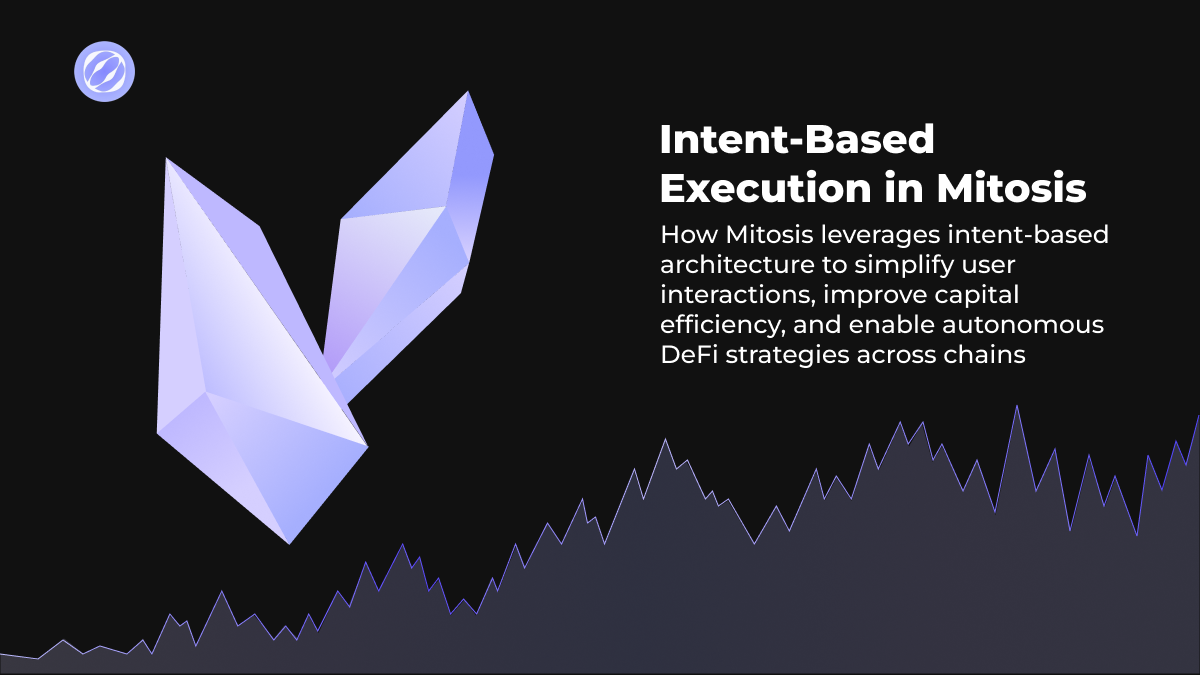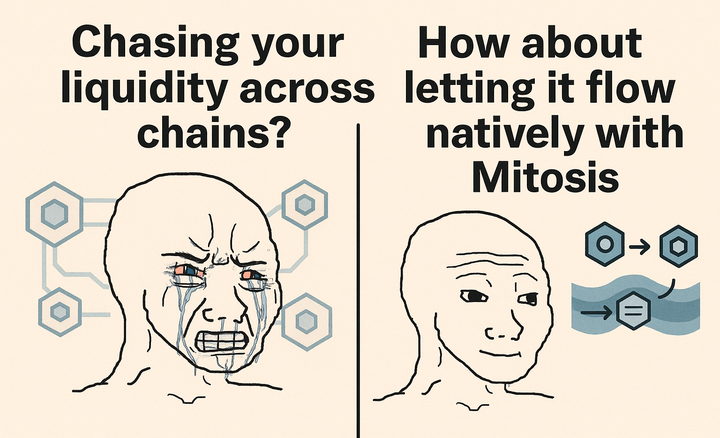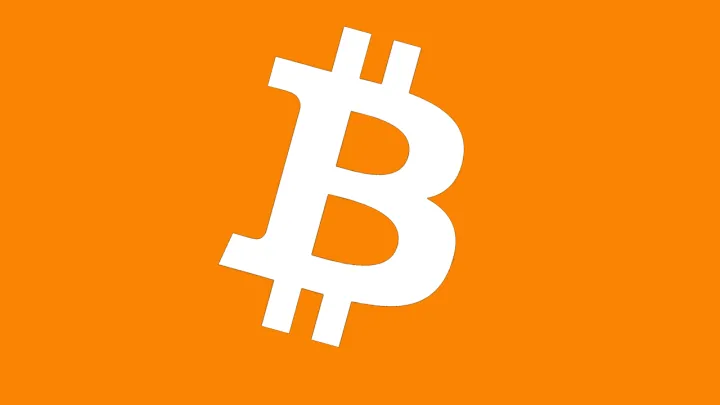🧠 Intent-Based Execution in Mitosis: The Future of Seamless DeFi

How Mitosis transforms DeFi transactions by leveraging intent-based architecture for smoother user experience, cross-chain interoperability, and programmable automation.
🔍 What Is Intent-Based Execution?
In traditional DeFi, users must sign multiple transactions, approve smart contracts, and manually follow steps — all of which are prone to failure and require deep knowledge.
Intent-based execution flips this paradigm. Instead of users dictating every step, they simply express what they want to achieve (their intent), and Mitosis automatically handles the optimal path to fulfill it — across chains, protocols, and strategies.
🔗 What Is Mitosis?
🔗 Mitosis Matrix Architecture Overview
🔗 Composable DeFi in Mitosis
🤖 Why Intent-Based Design Matters
1. Simplifies User Experience
Instead of initiating approvals and routing manually, users define their goal:
- "Swap USDC on Arbitrum for ETH on Optimism"
- "Deposit ETH to earn delta-neutral yield"
- "Convert assets into vAssets and stake them"
The Mitosis protocol handles everything behind the scenes via Matrix Vaults and cross-chain smart contract orchestration.
🔗 How Cross-Chain Swaps Work
🔗 Using Vanilla Assets for Seamless Interaction
2. Increases Capital Efficiency
Traditional DeFi often locks up capital in isolated contracts. With intent-based flows:
- Assets are routed to optimal strategies.
- No idle liquidity sits unused.
- Intent routing taps into Ecosystem-Owned Liquidity (EOL) for deeper execution.
🔗 What is EOL?
🔗 Matrix Liquidity & Intent Matching
3. Enables Autonomous Strategies
Intent-based logic is foundational for:
- Delta-neutral strategies like the Theo Straddle Vault
- Automated rebalancing
- On-chain liquidity provisioning via Matrix Vaults
With this design, users no longer need to micromanage complex DeFi steps.
🔗 Understanding Matrix Vaults
🔗 Theo Vault Strategy Breakdown
🧬 How It Works: The Role of Intents in Mitosis
Every action a user takes is packaged as an intent message. The Mitosis protocol:
- Parses the user’s desired outcome.
- Calculates the optimal path using intelligent routing engines.
- Executes the necessary steps — whether swaps, staking, or bridging — in one flow.
All this is achieved through:
- Vanilla Assets (vUSDC, vETH, etc.)
- Matrix Router for transaction pathing
- Cross-chain communication layer for syncing intent states
🔗 Vanilla Asset Mechanics
🔗 How Mitosis Routing Works
🔗 Security Model of Vanilla Assets
🌐 Intent-Based Execution Across Chains
Cross-chain interaction has historically been clunky and fragmented. With Mitosis:
- Users submit a single intent on one chain.
- The system executes across multiple blockchains in parallel.
- No need for bridges, wrapped tokens, or external dApps.
Supported chains include:
- Ethereum, Arbitrum, Optimism, Base, Polygon, Avalanche, Scroll, Blast — and more to come.
🔗 Cross-Chain Intent Swaps Guide
🔗 Chain Expansion Updates
🔒 Security and Governance of Intents
All intent-based actions are:
- Verifiable on-chain
- Governed by the Mitosis DAO
- Audited and secure via composable smart contracts
Users don’t just interact with contracts — they participate in an ecosystem governed by community votes and smart governance.
🔗 DAO Governance Overview
🔗 Smart Contract Transparency
🔗 Security Architecture Deep Dive
🛠 Real-World Examples of Intents
Let’s explore a few real user journeys powered by intent-based design:
🔄 Swapping Across Chains
A user on Polygon wants ETH on Base:
- Input: “Swap 100 vUSDC on Polygon for ETH on Base”
- Mitosis handles: Pricing, routing, Vanilla Asset conversion, liquidity matching
💸 Yield Participation
User deposits ETH with a goal to earn passive yield:
- Input: “Deposit ETH and join yield strategy”
- Output: Assets enter a Matrix Vault and begin automated participation
🔗 Full Cross-Chain Yield Example
🔗 Composable Yield Paths
🚀 What’s Next for Intent-Based DeFi?
Mitosis is working toward:
- More abstracted, gasless transactions
- Multi-intent batching (e.g. stake + swap + lend in one action)
- Intent-marketplace integration where solvers compete to fulfill user intents most efficiently
This isn’t just a UI upgrade — it’s a foundational shift in how DeFi will work.
🔗 Protocol Roadmap
🔗 Intent-Based DeFi: Future Outlook
📚 Learn More and Get Involved
Start exploring intent-based DeFi:
🔗 Mitosis University Portal
🔗 Theo Vault Campaign
🔗 EOL vs Matrix Deep Dive
🔗 Follow Mitosis on X
🔗 Start Using app.mitosis.org



Comments ()